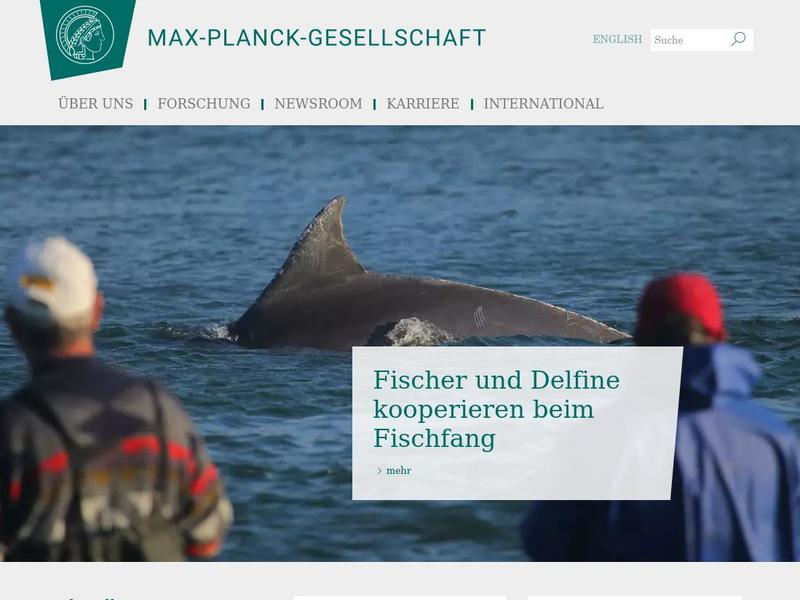Merkurmission BepiColombo: Aufbruch zu einer Welt der Extreme https://www.mpg.de/12334616/merkurmission-bepicolombo-aufbruch-zu-einer-welt-der-extreme
Am Samstag, 20. Oktober 2018, um 3.45 Uhr (MESZ) startet die Weltraummission BepiColombo, ein gemeinsames Projekt der Europäischen und der Japanischen Weltraumagenturen (ESA und JAXA) ins All. Ihr Ziel ist Merkur, der sonnennächste und kleinste Planet unseres Sonnensystems. 2025 wird sie ihn erreichen. BepiColombo besteht aus zwei Raumsonden, die aneinander gekoppelt „anreisen“, den Planeten dann aber aus zwei unterschiedlichen Umlaufbahnen untersuchen: dem Mercury Planetary Orbiter (MPO) der ESA und dem Mercury Magnetospheric Orbiter (MMO) der JAXA. Gemeinsam sollen die Sonden ein umfassendes Bild des Merkurs zeichnen – von seinem inneren Aufbau über seine Oberfläche und seine ausgesprochen dünne Atmosphäre bis hin zu den Magnetfeldern, die ihn umgeben. Das Max-Planck-Institut für Sonnensystemforschung (MPS) in Göttingen trägt zu vier der insgesamt 16 wissenschaftlichen Instrumente bei.
vergleichsweise geringen Abstandes des Merkurs zur Erde sind lediglich die Planeten Uranus

